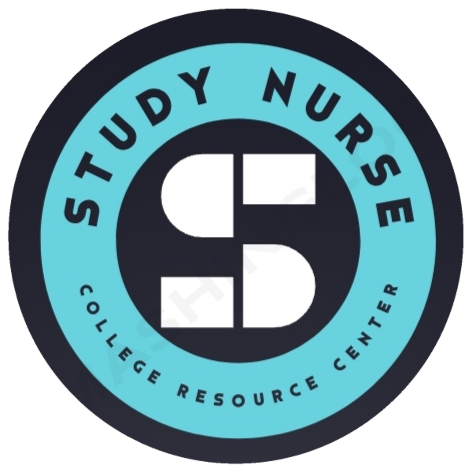Virtual Check-in 1
Capella University
NURS-FPX 9100: Defining the Nursing Doctoral Project
Dr. Carmen McDonald
October 23, 2023
Virtual Check-in 1
Developing the topic was an excellent opportunity to understand the steps for developing a working project title and describing relevance in clinical practice. The process provided insights into the evidence-based framework for addressing a gap, synthesizing credible and reliable sources to support proposed intervention, and developing a comprehensive PICOT question. In the end, I managed to capture the aim of the project and the need to address the relevance of evidence-based palliative focused CHF protocol for advanced practice.
Challenges Obtaining Topic Approval
Developing the topic approval provided opportunities to understand the systematic and comprehensive approaches for developing a clear title. While it was easier for me to develop a topic on the need for CHF protocol in long-term care, challenges emerged in several areas. Firstly, I experienced challenges developing the PICOT question, specifically narrowing it to determining compliance with CHF palliative care protocol. Secondly, while I managed to describe the gap in clinical practice, the gap analysis was inadequate to ascertain the relevance of the topic. With the assistance of my preceptor, I managed to capture the existing guidelines on CHF protocols at UGH-Optum. The preceptor assisted me to understand challenges facing the facility in terms of compliance with practice standards in palliative care setting. Interactions with the preceptor helped me understand clinical gaps and recommended evidence-based CHF protocols to improve care outcomes. Another challenge was in clarifying the measures for data analysis. The instructor pointed out the need to outline the purpose of compliance. The absence of a separate compliance outcome for each different step of the intervention to ascertain the relevance of the topic in addressing a gap in the health care system.
Progress on Part I of the Project Charter
I thank my instructor for the guidance in developing part 1 of the project charter. From the evaluation, there were no overall comments about the first attempt submitted. However, suggestions, questions, and comments from the instructor and Lora Crowe (the preceptor) guided me to complete part 1 of the charter. The latter provided insights into the Optum’s strategic priorities, which include expanding access to preventive care by 85% by the end of 2030, advancing outpatient surgeries, and reducing the cost of care for clients by about $600 million. Notably, focusing on compliance with CHF protocols is crucial to enable the facility achieve the desired quality, lower costs, and maximize customer and employee satisfaction.
Thus, chapter 1 of the project charter highlighted the impact of AHA guidelines and CHF protocols on care outcomes. Non-compliance is among the issues that limit healthcare providers from delivering quality and safe patient care (Riahi & Khajehei, 2019). The scenario is visible at Optum, considering limitations in adhering to practice guidelines.
For this project, ten patients with heart failure with reduced ejection fraction diagnoses were selected to review compliance with quality and safety guidelines. None of the charts audited had ARNI (angiotensin receptor-neprilysin inhibitor) known as Entresto is part of the AHA recommendation for management of heart failure with reduced ejection fraction. Four patients were not on Hydralazine and only one patient was one SGLT2i as indicated by the guideline (Heidenreich et al., 2022).
All ten charts reviewed had full code status indicating a lack of understanding of disease trajectory and recommendations. Similarly, maximizing patient satisfaction is a priority that requires resilience in developing evidence-based solutions. The comments provided before approval of the topic enabled me to highlight the relevance of the intervention in streamlining palliative care. Focusing on senior community settings also reveal the urgency of the intervention in enabling the facility to improve quality and safety of services and reduce costs associated with non-compliance.
As I look forward to the project charter for part II, I aim to adhere to the guidelines provided by the instructor to minimize the number of revisions. The goal is to ensure that I complete the work within the scheduled time. A question about my work focused on the inclusion and exclusion criteria. Notably, I chose to include physician assistants while excluding physicians and registered nurses from the process. Is there a likelihood of making inadequate conclusions due to the decision to exclude parties that have frontline roles and may have knowledge and experiences of the clinical environment? I look forward to an exciting experience as I make efforts to complete the second part of the project charter.
General Discussions about the Project and Progress
The project is an opportunity for Optum to make significant progress in improving quality and safety of patient care. I hope to produce comprehensive insights into the need for increased compliance with the intervention across the care continuum. The project is an opportunity for me to make meaningful progress from a professional perspective. Notably, successful completion of the charter will reinforce fulfilment of responsibility to enabling my employer optimize care outcomes in complex clinical scenarios.
References
Riahi, S., & Khajehei, M. (2019). Palliative care: A systematic review of evidence-based interventions. Critical Care Nursing Quarterly, 42(3), 315-328. https://www.researchgate.net/publication/333375860_Palliative_Care_A_Systematic_Review_of_Evidence-Based_Interventions
Ryann, E., David, M., Sally, H., Nealon, M., Melissa, A., Jennifer, L., & Mark, M. (2021). Evidence-based practice and patient-centered care: Doing both well. Health Care Management Review, 46(3), 174-184. https://journals.lww.com/hcmrjournal/Fulltext/2021/07000/Evidence_based_practice_and_patient_centered_care_.2.aspx
